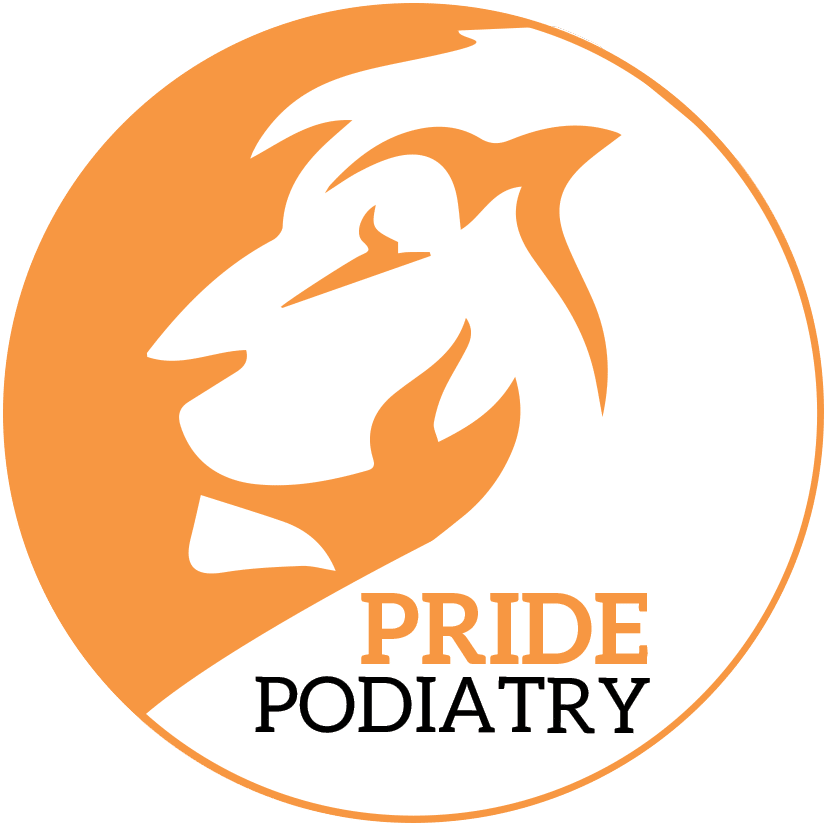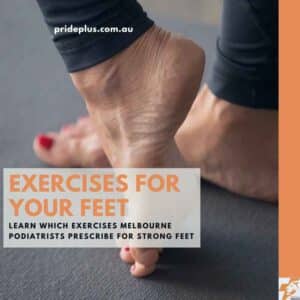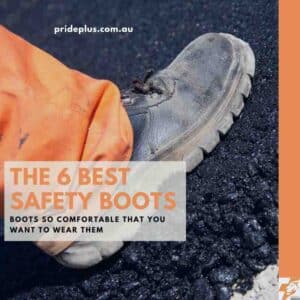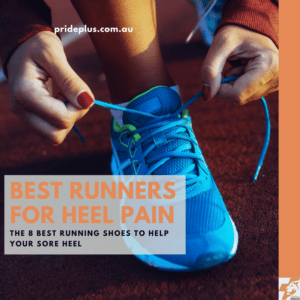It’s no secret that in the medical and allied health industry, the podiatry profession tends to fly under the radar.
On so many occasions I’ve been treating a patient’s heel pain, only for them to tell me that their next stop is the pedicurist to have their nails trimmed. Or conversely, I’ve been debriding some callus when a patient tells me they’ve got a physio appointment organised for their big toe pain.
These patients were genuinely unaware that I was certainly able to help them with their other pedal needs!
So what do us podiatrists actually do?
Well, there’s a hell of a lot to cover, so let’s try breaking it into topics!
Musculoskeletal
(sports injuries and the like)
A podiatrist’s extensive university training involves developing a thorough understanding of lower limb anatomy. Bones, muscles, tendons, ligaments, joints etc.
With this, we’re able to help you with any aches, pains and injuries you may have in the feet or ankles. We do this by conducting a comprehensive biomechanical assessment, which includes understanding the way your foot moves both during gait and other activities. We’ll combine this information, with your current symptoms and previous injury history to formulate a diagnosis.
Diagnosis in hand, we’re now able to develop a fully personalised management plan for your injury. From rehabilitation exercises, to footwear selection, strapping and padding, we address all the contributing factors to your injury to help you recover in the most efficient and holistic way possible. We are also able to provide you with custom-built orthotics, designed specifically around your foot to also speed up the recovery process!
Podiatrists also have great relationships with our physio, exercise phys, osteo and sports doc colleagues, and we love working hand-in-hand to ensure the best results for our patients!
Shoes
We’ll be the first to admit it. We’re shoe nerds. And yes, we can’t avoid analysing peoples’ footwear choices when we’re out on the street. But for good reason! Shoes play a massive role in the maintenance of happy feet.
Podiatrists are able to provide advice on what footwear would be best for your daily needs and foot type. You could be looking for that perfect running shoe with enough support through the midfoot, stack height for cushioning and built in heel height to offload your Achilles. You could be longing for the perfect all-dayer to get you through that upcoming Boxing Day night shift. Want a fashionable yet supportive alternative to those corporate heels? We’ve got you covered.
With our extensive list of footwear models, brands and stores, podiatrists are able to point you in the right direction for a new pair of kicks! In fact, one of our PridePlus locations operates out of a specialist running shoe store. If you would like a personalised running shoe slash podiatry combined assessment, book in for your Perfect Fit!
Dermatological
(corns, callus etc)
The podiatry profession in Australia evolved out of chiropody. Chiropodists have long been known for their ability to dig out those painful corns, scrape off that niggly callus and alleviate your ingrown toenails. We podiatrists absolutely still provide these services, and we love the look of relief on your faces when you stand up after one of our treatments!
We can also help with stubborn warts, bubbly blisters, fungal infections and cracked heels.
However, what we can also do is link back these dermatological concerns with your biomechanical profile. If you’re someone who gets a nasty recurrent corn in the same spot over and over again, we can incorporate a biomechanical assessment into your treatment plan and see if we can determine why that corn just keeps coming back!
Prevention may require load alteration through strength exercises, orthotics, padding or strapping. Or, your solution may simply lie in a fresh pair of shoes or some trusty moisturiser!
Diabetes Assessments
Unfortunately, diabetes has a huge impact on foot health. Blood flow and nerve supply to the feet can be damaged by the disease. These insufficiencies can result in foot and leg cramping, numbness and tingling sensations, cold feet, swelling and in more severe cases, foot wounds and ulcerations.
Due to the vast repercussions, diabetes assessments are pivotal to any patient with Type I or Type II Diabetes. Podiatrists are able to palpate the pulses found in the feet to determine the quality of the arteries and whether sufficient blood flow is reaching the extremity. We are also able to analyse the waveforms detected in a Doppler Ultrasound, providing further insight into blood circulation. Podiatrists can also perform tests to gauge the capacity of the nerves travelling to the feet and whether they’re doing their job at maintaining a protective sensation.
Education surrounding diabetes is extremely important. Understanding the gravity of regular self-foot-checks and the impact of diabetes on the feet is a discussion in which podiatrists are well-versed.
Adding in appropriate exercises for the lower limb to aid people manage their diabetes to the best of their abilities is also part of a podiatrists role.
Hospital Care
As aforementioned, in some severe cases where a patient with poorly-controlled diabetes has neglected their foot care, the combination of inadequate protective neural sensation and lack of blood flow by virtue of unhealthy arteries can result in a diabetic foot ulcer. These often require management through a hospital or a community health care setting.
As such, there are a large portion of podiatrists employed by hospitals to assist with wound care and diabetes assessments in the higher risk hospital-admitted population. These podiatrists are able to assess the severity of a diabetic foot ulcer, then treat, clean and dress it accordingly. Their knowledge of the different types of wounds, available ointments and varieties of dressings is extremely extensive and specific.
These wounds, if infected, have the potential to result in below-knee and digital amputations, so wound-care podiatrists are absolute heroes when it comes to quick resolution of diabetic foot ulcers!
In Summation
To those of you who think we’re just good ol’ chippers and clippers, I hate to tell you, you’re mistaken! Podiatrists have undertaken 4+ years of study to become experts in our field of the lower limb. From foot injuries, to tired retail feet, to deep ball-of-foot corns and general foot health assessments, without sounding arrogant – we can do it all! And we love doing it all!
If you feel like you could benefit from a chat with a podiatrist, please feel free to book online with a PridePlus Health pod at one of our four convenient locations.
And as a brief public service announcement:
No, foot massages are not a customary component of our consults, but if you’re extra nice and give us a big smile, we may….just may…. make an exception! 😉




